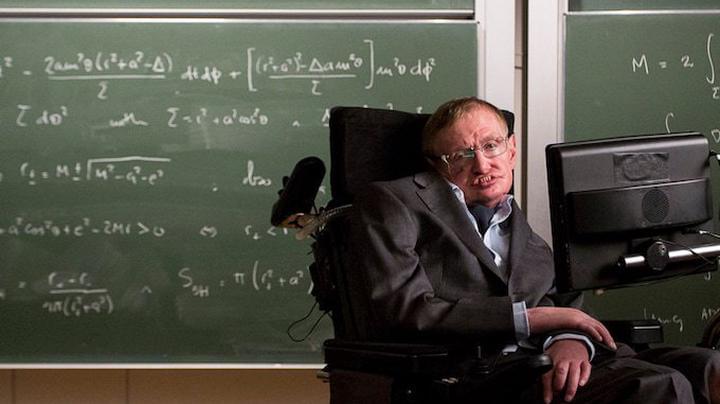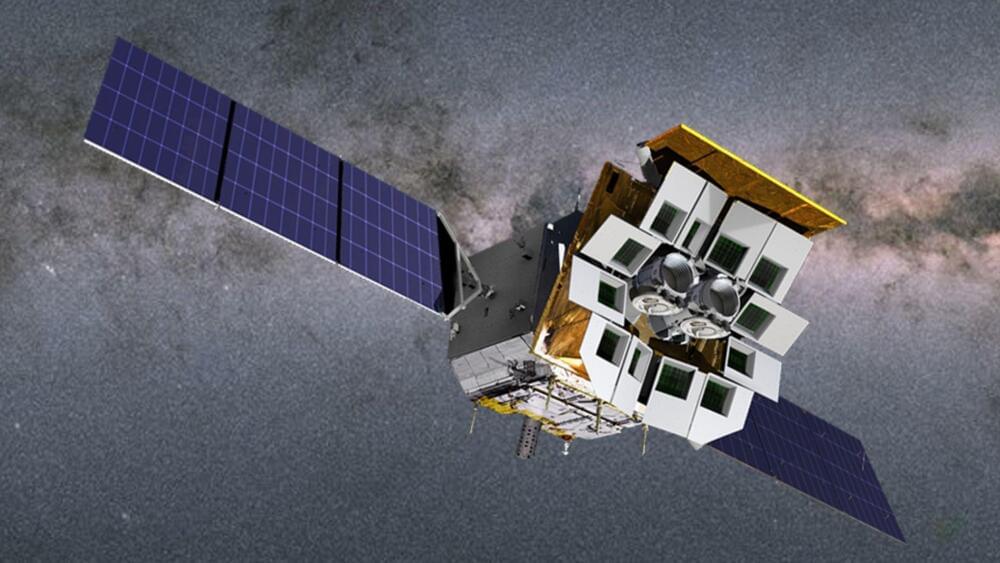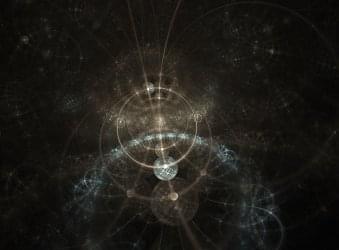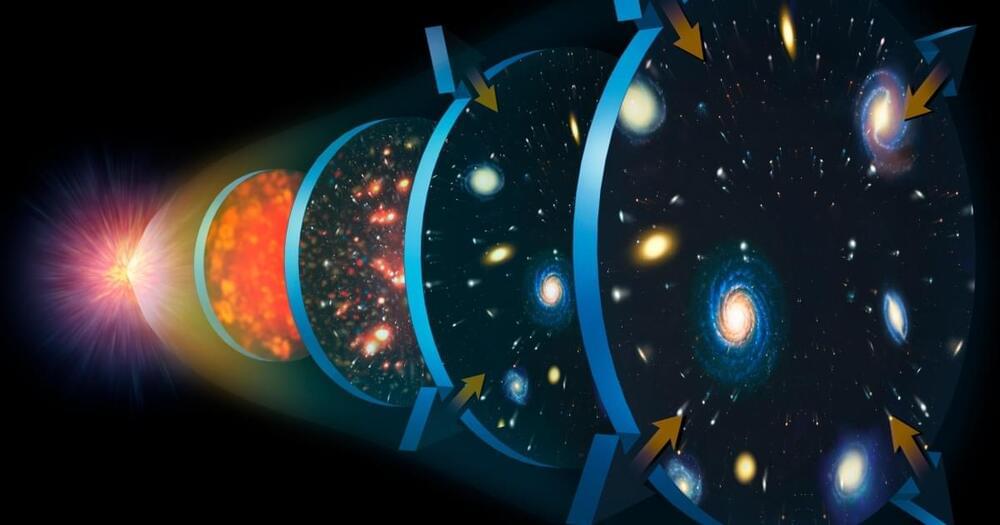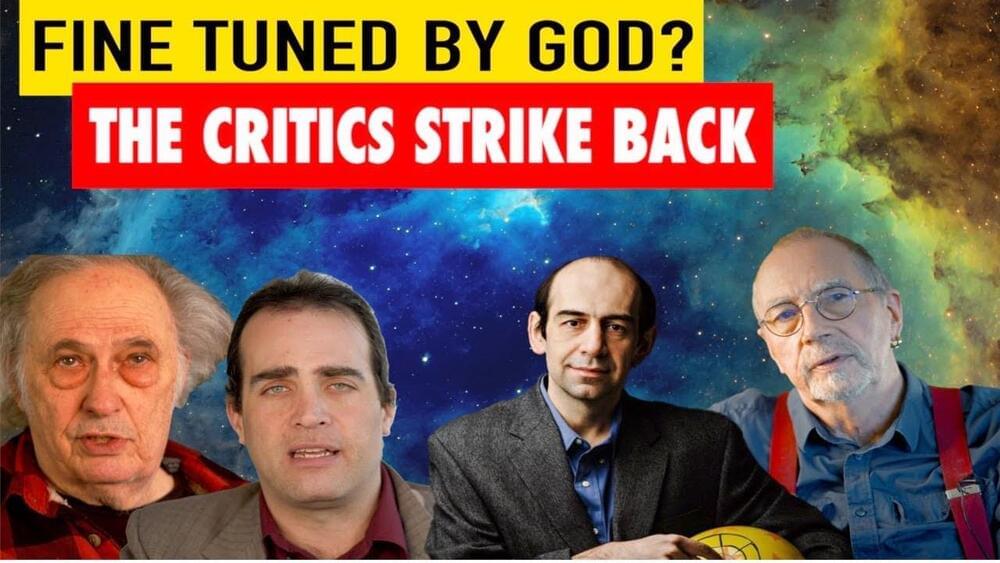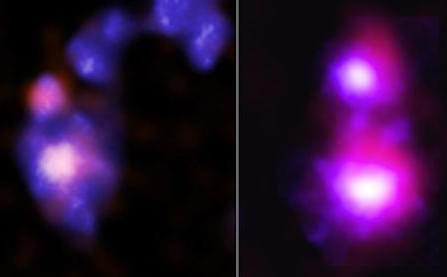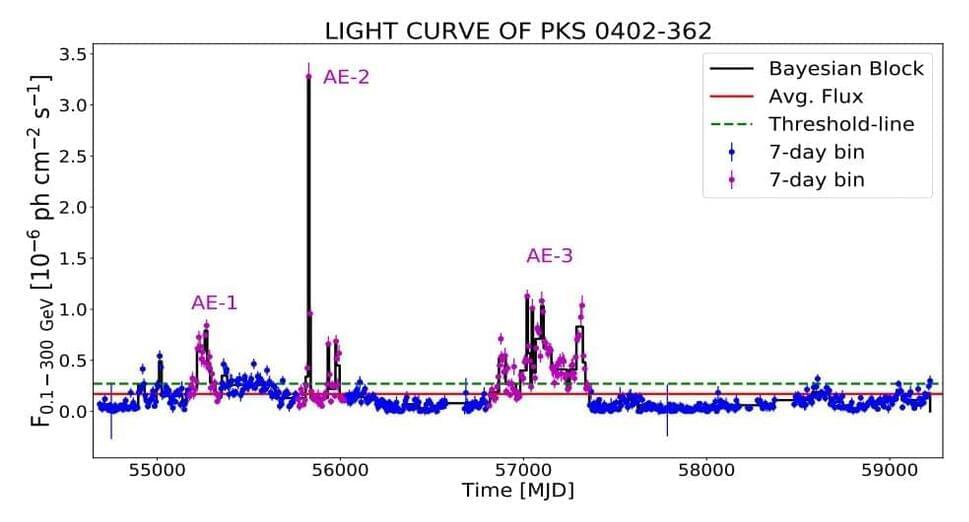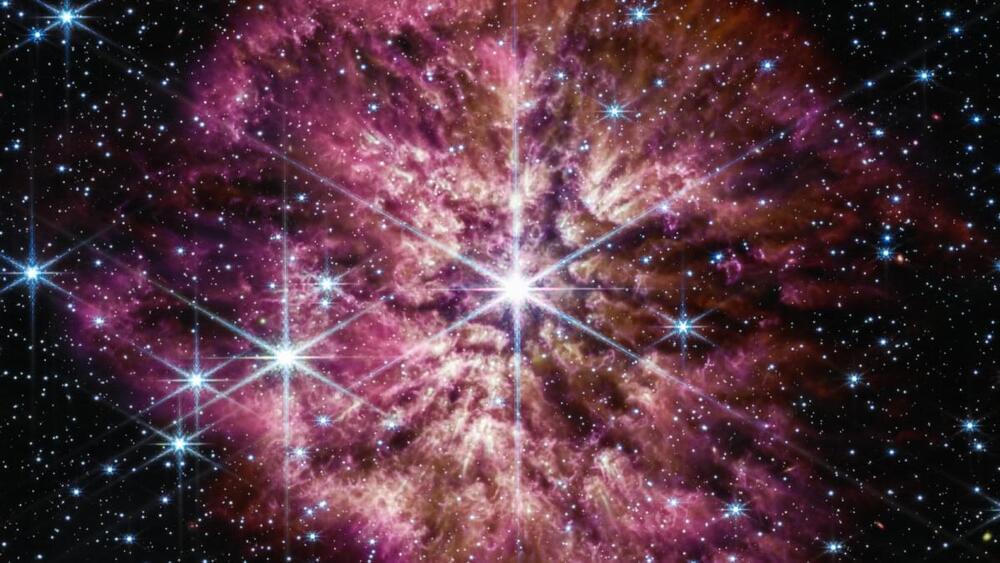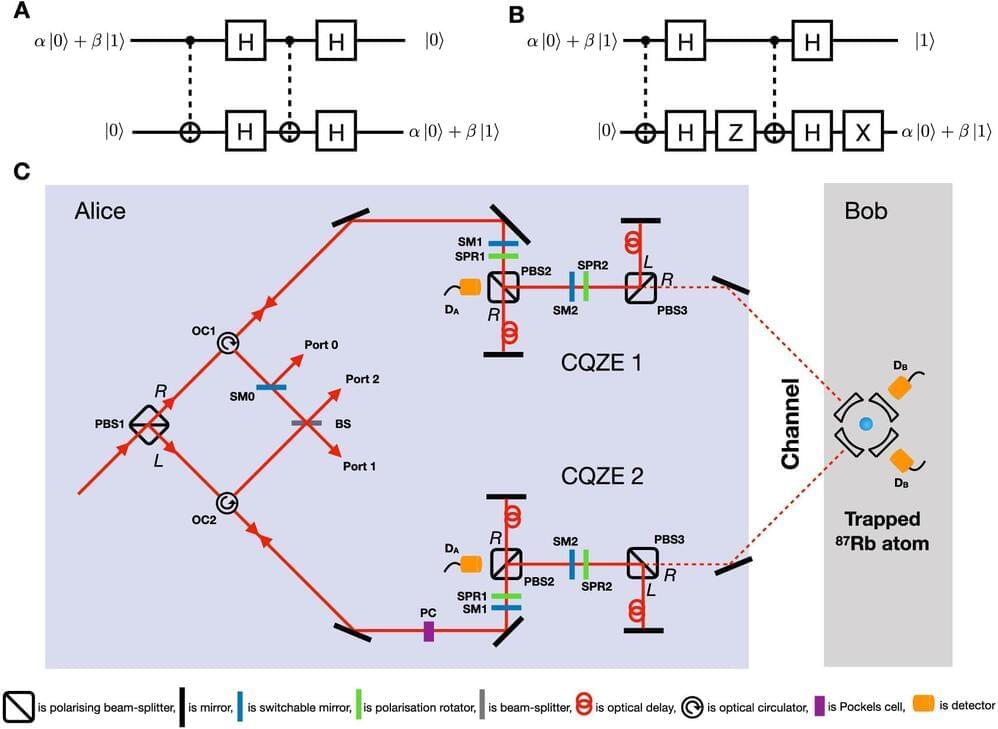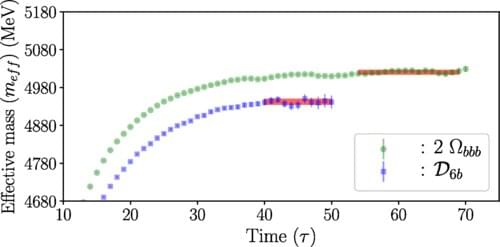
Dibaryons are the subatomic particles made of two baryons. Their formations through baryon-baryon interactions play a fundamental role in big-bang nucleosynthesis, in nuclear reactions including those within stellar environments, and provide a connection between nuclear physics, cosmology and astrophysics.
Interestingly, the strong force, which is the key to the existence of nuclei and provides most of their masses, allows formations of numerous other dibaryons with various combinations of quarks. However, we do not observe them abound—deuteron is the only known stable dibaryon.
To resolve this apparent dichotomy, it is essential to investigate dibaryons and baryon-baryon interactions at the fundamental level of strong interactions. In a recent publication in Physical Review Letters, physicists from the Tata Institute of Fundamental Research (TIFR) and The Institute of Mathematical Science (IMSc) have provided strong evidence for the existence of a deeply bound dibaryon, entirely built from bottom (beauty) quarks.
